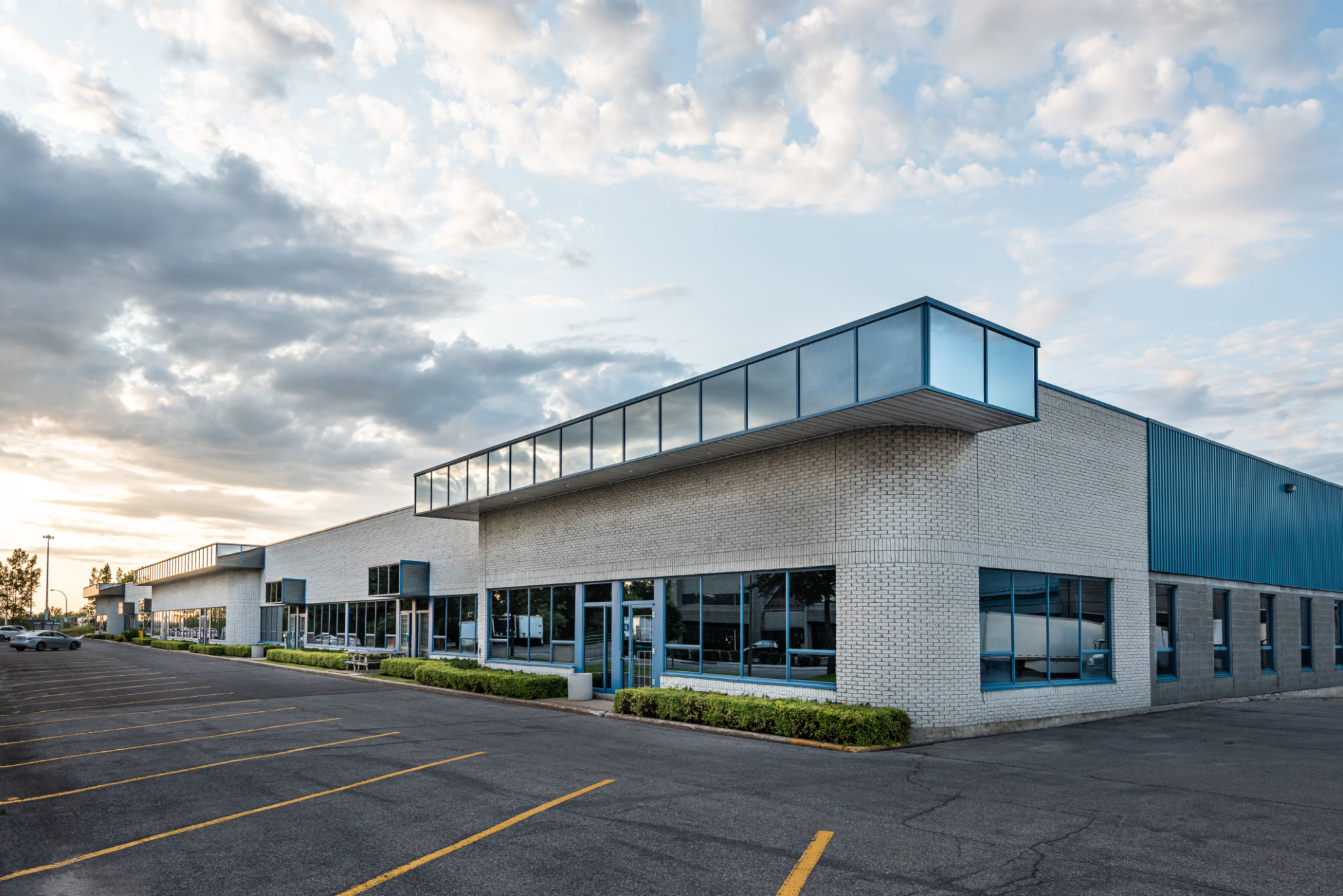Top Trends in Fulfillment Logistics You Need to Know
Introduction to Fulfillment Logistics Trends
In the ever-evolving world of e-commerce and supply chain management, keeping up with the latest trends in fulfillment logistics is crucial for businesses aiming to stay competitive. As consumer demands shift and technology advances, companies must adapt their logistics strategies to meet new expectations. In this blog post, we'll explore some of the top trends in fulfillment logistics that you need to know.
Automation and Robotics
Automation and robotics continue to revolutionize the logistics industry. Automated systems and robotic technologies are increasingly being used to enhance efficiency, accuracy, and speed in warehouses and distribution centers. These technologies help reduce human error, lower operational costs, and improve overall productivity. Businesses that invest in automation are more likely to keep pace with the growing demand for faster delivery times.

Warehouse Management Systems
Another significant trend is the implementation of advanced Warehouse Management Systems (WMS). These systems provide real-time data and insights into inventory levels, order processing, and shipping. By utilizing a WMS, businesses can optimize their supply chain operations, ensuring that products are stored efficiently and dispatched promptly. This leads to better customer satisfaction and increased profitability.
Sustainability in Logistics
As environmental concerns become more prominent, sustainability in logistics is gaining traction. Companies are striving to reduce their carbon footprint by adopting eco-friendly practices. This includes using energy-efficient vehicles, optimizing delivery routes to minimize fuel consumption, and implementing sustainable packaging solutions. By prioritizing sustainability, businesses can not only contribute to environmental preservation but also appeal to environmentally conscious consumers.

Reverse Logistics
Reverse logistics, or the process of managing product returns, is another area of focus. With the rise of online shopping, returns have become a significant aspect of the fulfillment process. Companies are developing efficient reverse logistics strategies to handle returns smoothly and cost-effectively. This involves optimizing return policies, improving communication with customers, and refurbishing or recycling returned products when possible.
The Rise of Micro-Fulfillment Centers
Micro-fulfillment centers are small-scale warehouses located closer to urban areas. These centers enable faster delivery times by reducing the distance between the product's storage location and the end consumer. By leveraging micro-fulfillment centers, businesses can offer same-day or next-day delivery, meeting the growing consumer demand for speed and convenience.

Last-Mile Delivery Innovations
The last mile of delivery—the final step in getting a product to the consumer—remains a critical focus area. Innovations in this space include the use of drones, autonomous vehicles, and crowd-sourced delivery services. These technologies aim to reduce delivery times and costs while improving customer satisfaction. As last-mile delivery continues to evolve, companies must stay informed about new developments to maintain a competitive edge.
Conclusion
Staying ahead in the fulfillment logistics industry requires businesses to embrace new technologies and strategies. By focusing on automation, sustainability, micro-fulfillment centers, and innovative last-mile delivery solutions, companies can enhance their operations and better serve their customers. Keeping an eye on these trends will ensure that your business remains agile and competitive in the dynamic world of logistics.
